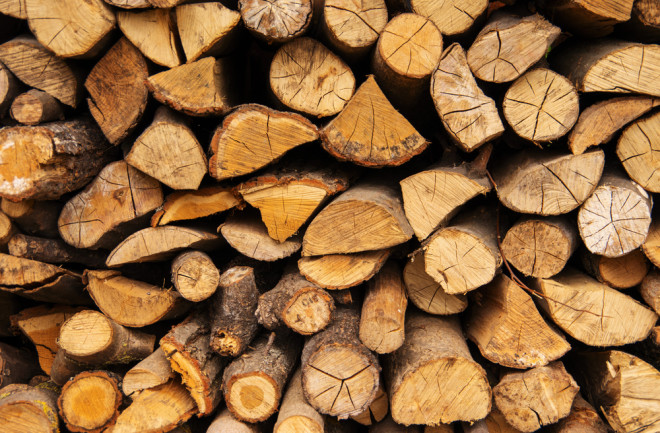The question of how much wood a woodchuck can chuck may need to be reevaluated — new research published today in Nature reveals a process that can create wood with a strength-to-weight ratio stronger than most metals.
Harder, Better, Stronger
Many of the high-performance structural materials available today have at least one major drawback. Metals like steel may be strong, but they are also heavy and environmentally damaging. Composites and polymer-based materials work around these drawbacks, but are complex and expensive to produce.
Despite all of our technological innovation, wood remains one of our best options for building — it’s abundant, inexpensive, and lightweight. However, it’s not remarkably strong or durable when compared to other modern building materials. In an attempt to boost wood’s mechanical capabilities, researchers have developed various methods of wood treatment.
Treating wood to improve its mechanical performance is nothing new, with simple versions of the process dating back to as early as the 1700s. Wood can be treated with steam, heat, ammonia, or a process called cold-rolling to make it stronger— but, individually, none of these processes capitalize on wood’s full potential. Not to mention the fact that the wood often re-expands and loses strength over time.
The new method involves a two-step process: Wood is chemically treated and then hot-pressed at over200 degrees Fahrenheit to create “densified wood.”
When the natural wood is boiled in a mixture of sodium hydroxide and sodium sulfite, the chemicals break down the lignin in the wood. Lignin is the polymer, present in cell walls of many rigid plants, that keeps plants stiff. When some, but, crucially, not all of the lignin is broken down, the wood is easily compressed into its tougher self: densified wood.
Tough Enough?
This alter-ego wood is over 11 times stronger than natural wood, the researchers say, though it no longer floats in water. Still, the compacted wood is only about three times denser than normal wood — much lighter than most building materials used today.
In terms of practical applications, the main focus of the research is the potential use for densified wood in construction. Natural wood, simply can’t compete with metal alloys and plastics in terms of strength when it comes to complex engineering projects. Densified wood, however, could represent a happy medium between strength and weight.
The study also cites another use for their creation: “low-cost armor and ballistic energy absorption.” In ballistics tests of a laminated version of the densified wood, they found that it absorbed ten times more energy than natural wood.
But densified wood is not the perfect material … yet. One of the concerns when removing lignin from a natural plant material is bacteria and fungus. In living plants, the rigidity of lignin helps to fend off these attacks. It remains to be seen whether a densified wood structure would be more susceptible to bacterial and fungal issues.
Nevertheless, it’s a reminder that nature, with a little help, is still the greatest engineer of all.

